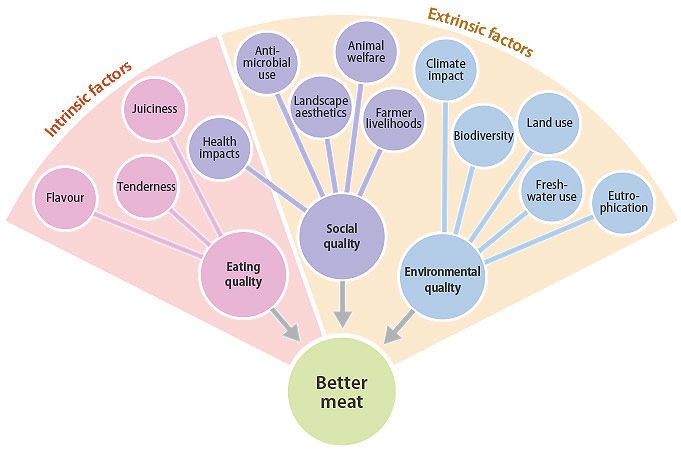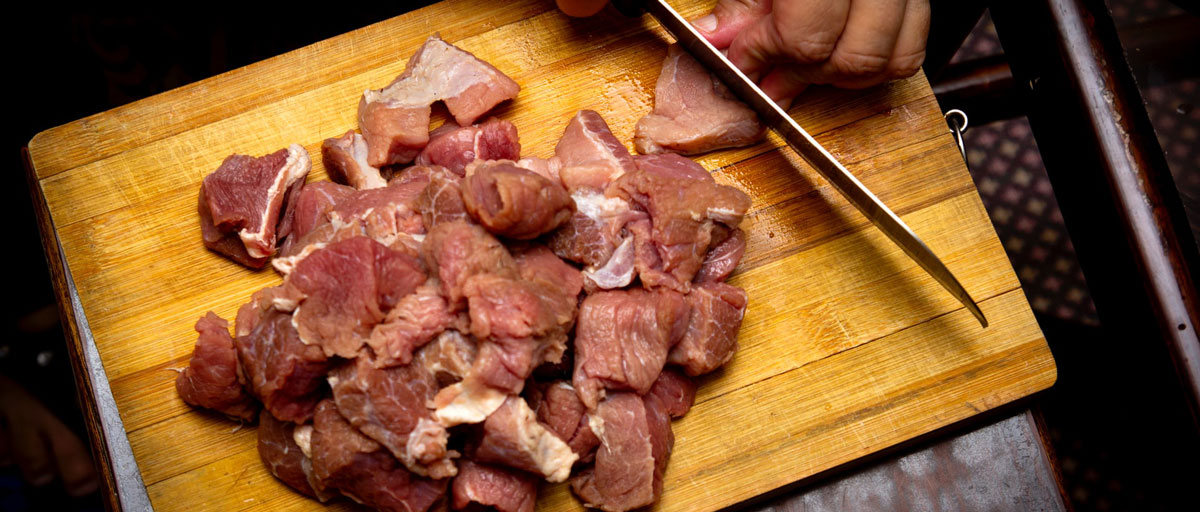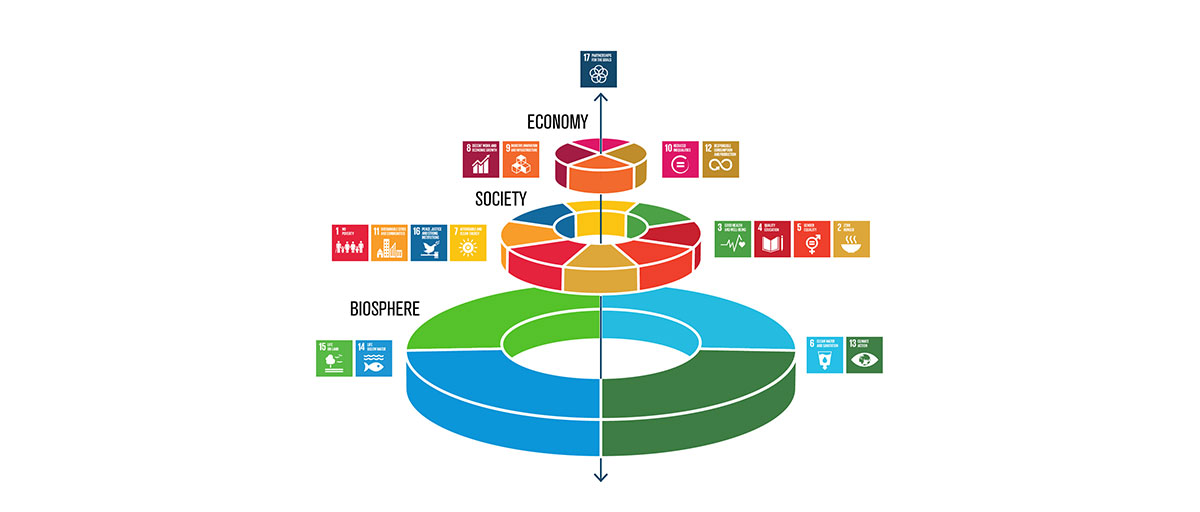Bildtext får vara max två rader text. Hela texten ska högerjusteras om den bara ska innehålla fotobyline! Photo: B. Christensen/Azote
MEAT CONSUMPTION
Why consuming meat sustainably is harder than you think
- Eating ‘less but better’ meat could be a strategy for increasing the sustainability of diets in high-income settings
- Lack of clarity on ‘less’, and ‘better’ risks moving meat consumption further away from sustainable practices
- Scientific characterization is crucial for enabling more informed discussion on value-laden discussions and to build consensus
It’s not clear what eating ‘less’ and ‘better’ meat entails. This may have consequences for sustainability
CLARITY, PLEASE: Attempting to eat more sustainably? You may have started buying less beef at the supermarket and opt for chicken instead. Or perhaps you go for certified options or shop directly from your local farmer. Pasture grazed? Yes please! These days there are many options available to the sustainability conscious consumer.
This notion of ‘Less but better’ is widely used by campaigners to guide Western meat consumption towards sustainability. But how much meat should we be consuming, and what is better for people and the planet?
It’s not clear, and this may be harming sustainability efforts.
In a comment in Nature, centre researchers Kajsa Resare Sahlin and Line Gordon together with Elin Röös from the Swedish University of Agricultural Sciences (SLU), call for a more informed explanation to consumers of what exactly is ‘less’ and what is ‘better’.
The current definition lacks clarity and may push meat consumption further from sustainable practices.
Kajsa Resare Sahlin, lead author
What is less?
Coming up with an appropriate amount of ‘less meat’ is a challenge as it depends on the aspect of sustainability you’re talking about.
What’s better for the climate may not be better for biodiversity, and what’s better for biodiversity may not be better for health.
This is further complicated by differences in values across the world. Making an integrated assessment considering climate, health, biodiversity, land use, animal welfare and culture is a tight balancing act.
What is better?
'Better’ meat can mean many things. For some this is taste (is it tender, juicy and flavourful?).
For ohers its origin and sustainability and how production practices contribute to animal welfare and farmer livelihoods.
“Scientific characterization of ‘less but better’ is crucial for enabling more informed discussion on value-laden decisions and to build consensus on the meaning of the concept, especially as it gains traction with civil society organizations and policy makers,” conclude the authors.

Quality aspects that can be used to define ‘better meat’. Intrinsic (left) and extrinsic (right) factors contribute towards consumers’ perception of ‘better meat’. Intrinsic factors can include taste attributes (pink) and health impacts (purple). Extrinsic factors comprise many aspects of meat production that are broadly categorized into social (purple) and environmental qualities (blue). Click on illustration to access scientific study.
Sahlin, K.R., Röös, E., Gordon, L. 2020. ‘Less but better’ meat is a sustainability message in need of clarity. Nat Food 1, 520–522 (2020). https://doi.org/10.1038/s43016-020-00140-5
For more information about the publication, contact lead author Kajsa Resare Sahlin:










